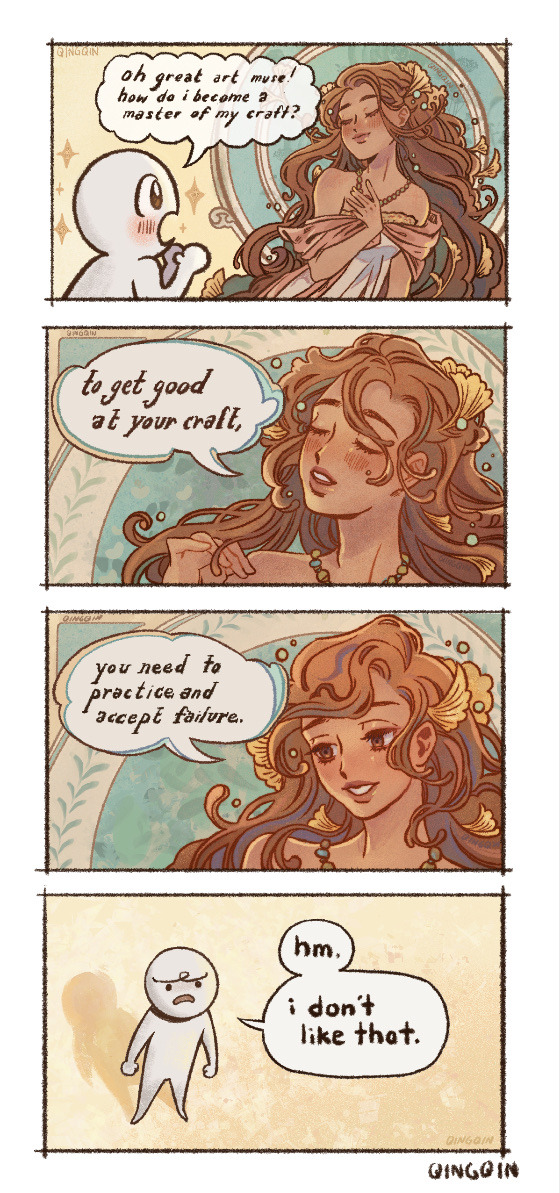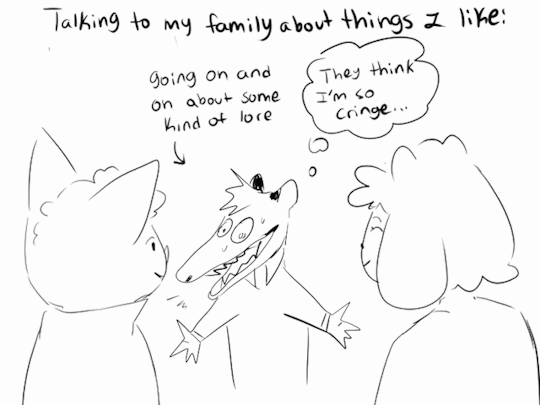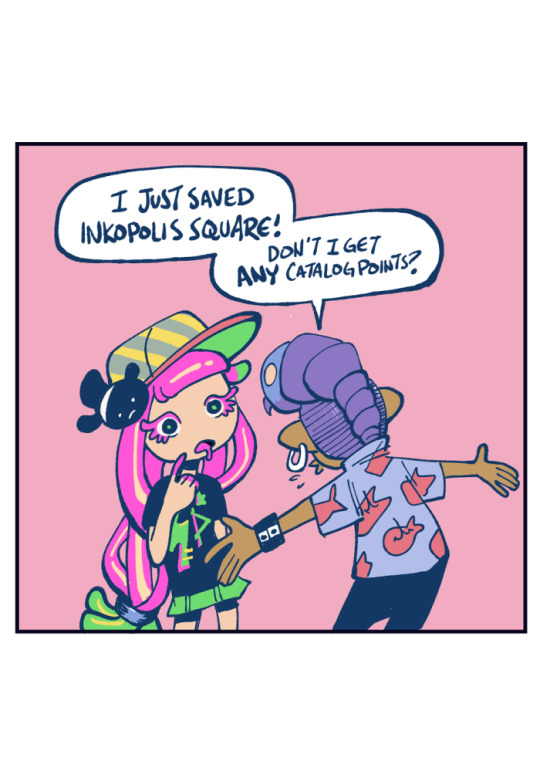An average sillister!!! || 16 || EMBRACE CRINGE (๑˃̵ ᴗ ˂̵)و || 🇲🇽🇺��� || Please be nice to me, I'm a noob!!! ( ;∀;)
Don't wanna be here? Send us removal request.
Text

they're having a lil romantic getaway post fest
699 notes
·
View notes
Text



61K notes
·
View notes
Text
Pokemon fans be like "I wish we had darker games" then can't handle basic folktale tropes and concepts
10K notes
·
View notes
Text
Caught in the Throat: A Writer’s Handbook on Choking (Non-Violent)

The act of choking is so over-sexualised I genuinely could not find any more 'normal' pictures to use so ignore the banner lol
Choking is one of those scenarios that can instantly elevate tension and drama in your writing. It’s a visceral experience, both for the character facing the threat and for the reader witnessing the struggle. In this guide, we'll explore the mechanics of choking, the physiological responses involved, how to write believable choking scenes, and common misconceptions to avoid.
1. Understanding Choking: The Basics
Choking occurs when an object obstructs the airway, preventing air from reaching the lungs. This can happen with food, small objects, or even vomit. Here are the two main types of choking:
Partial Obstruction: The airway is not completely blocked, and the person can still breathe, albeit with difficulty. They might cough, wheeze, or make high-pitched sounds.
Complete Obstruction: The airway is entirely blocked, leading to the inability to breathe, speak, or cough. This situation is life-threatening and requires immediate intervention.
2. The Physiology of Choking
To write a compelling choking scene, understanding the physiological response is crucial. Here’s what happens in the body during choking:
Immediate Reactions
Panic Response: When choking occurs, the body's immediate response is panic. The character may instinctively grasp at their throat, eyes wide with fear, or try to cough to clear the obstruction.
Increased Heart Rate: The heart races as adrenaline floods the system. This physiological reaction prepares the body for a fight-or-flight response.
Physical Symptoms
Coughing: A natural reaction to a partial obstruction, this can be loud and desperate. The character may attempt to clear their throat while making frantic gestures.
Color Changes: A person choking may turn red in the face as they struggle for air and may eventually turn blue (cyanosis) due to lack of oxygen.
Loss of Consciousness: In cases of complete obstruction, unconsciousness can occur within minutes due to lack of oxygen to the brain.
3. Writing Choking Scenes: Key Elements
When writing about choking, consider these elements to create a vivid and believable scene:
Setting the Scene
Build Up Tension: Introduce elements that lead to choking, such as a hurried meal or a character talking while eating. This sets the stage for the choking incident.
Sensory Details: Engage your reader’s senses. Describe the sound of a sudden gasp, the character's frantic movements, and the panic in their eyes.
Character Reactions
Realistic Responses: Show the character's physical and emotional turmoil. Are they flailing for help? Are they frozen in fear? Their reaction will depend on their personality and previous experiences.
Dialogue: If the choking occurs in a dialogue-heavy scene, consider how communication breaks down. Words become garbled, and panic sets in, leading to frantic pleas for help or confused shouts from bystanders.
4. The Rescue: Interventions and Techniques
In many stories, the choking scene will lead to a rescue. It's important to depict this accurately.
Heimlich Maneuver
Description: The Heimlich maneuver involves standing behind the choking person, placing your arms around their waist, and performing thrusts inward and upward to expel the obstruction.
Effectiveness: Explain that this is often a last-ditch effort. The character must be calm and composed to perform this correctly. A panicked rescuer can make the situation worse.
Call for Help
Emergency Response: If the choking person loses consciousness, it becomes crucial to call for emergency services. Highlight the urgency of the situation, as every second counts.
Character Dynamics: Explore the relationships between characters during this crisis. A close friend or family member may react differently than a stranger would.
5. Aftermath: Consequences of Choking
After a choking incident, there will likely be physical and emotional consequences:
Physical Recovery
Injury to the Airway: Choking can cause bruising or damage to the throat and airways, which may result in difficulty swallowing or talking in the days following the incident.
Potential for PTSD: Depending on the severity of the experience, a character may develop anxiety around eating or a fear of choking again.
Character Development
Bonding Experience: Surviving a choking incident can bring characters closer together, creating a moment of shared trauma that deepens their relationships.
Change in Perspective: A near-death experience may lead a character to reevaluate their priorities or behavior, adding depth to their arc.
6. Common Misconceptions About Choking
When writing about choking, it's essential to avoid common misconceptions that can undermine realism:
Myth 1: Choking Always Looks Dramatic
In fiction, choking scenes can often be exaggerated for effect. In reality, choking can be subtle, especially if the obstruction is partial. Characters may appear slightly distressed before panic fully sets in.
Myth 2: People Can Talk or Scream While Choking
While they might make gasping sounds or attempt to communicate, a person experiencing a complete airway obstruction cannot speak or yell.
Myth 3: The Heimlich is Always Effective
While the Heimlich maneuver can be life-saving, it's not always effective, especially in certain medical conditions. It’s crucial to depict choking with a realistic understanding of its complexities.
Looking For More Writing Tips And Tricks?
Looking for writing tips and tricks to better your manuscript? Check out the rest of Quillology with Haya; a blog dedicated to writing and publishing tips for authors! Instagram Tiktok
247 notes
·
View notes
Text
10 Flaws to Give Your Perfect Characters to Make Them Human
If you're tired of the usual vices like arrogance or impatience, here are some unique (or at least less basic) character flaws to give your perfect characters:
Pathological Altruism
A character so obsessed with helping others that they end up doing more harm than good. Their inability to let others grow or face consequences creates tension.
2. Moral Narcissism
A character who sees themselves as morally superior to others, constantly justifying selfish or harmful actions because they believe they have the moral high ground.
3. Chronic Self-Sabotage
A character who intentionally undermines their own success, perhaps due to deep-seated feelings of unworthiness, pushing them into frustrating, cyclical failures.
4. Emotional Numbness
Rather than feeling too much, this character feels too little. Their lack of emotional response to critical moments creates isolation and makes it difficult for them to connect with others.
5. Fixation on Legacy
This character is obsessed with how they’ll be remembered after death, often sacrificing present relationships and happiness for a future that’s uncertain.
6. Fear of Irrelevance
A character-driven by the fear that they no longer matter, constantly seeking validation or pursuing extreme measures to stay important in their social or professional circles.
7. Addiction to Novelty
Someone who needs constant newness in their life, whether it’s experiences, relationships, or goals. They may abandon projects, people, or causes once the excitement fades, leaving destruction in their wake.
8. Compulsive Truth-Telling
A character who refuses to lie, even in situations where a lie or omission would be the kinder or more pragmatic choice. This flaw causes unnecessary conflict and social alienation.
9. Over-Identification with Others' Pain
Instead of empathy, this character feels others' pain too intensely, to the point that they can’t function properly in their own life. They’re paralyzed by the suffering of others and fail to act effectively.
10. Reluctant Power
A character who fears their own strength, talent, or influence and is constantly trying to shrink themselves to avoid the responsibility or consequences of wielding it.
Looking For More Writing Tips And Tricks?
Looking for writing tips and tricks to better your manuscript? Check out the rest of Quillology with Haya; a blog dedicated to writing and publishing tips for authors! Instagram Tiktok
PS: This is my first short-form blog post! Lmk if you liked it and want to see more (I already have them scheduled you don't have a choice)
11K notes
·
View notes
Text

Day 136
174 notes
·
View notes
Text
Even more inspiration has hit me. Mimic octopus who mirrors people they like
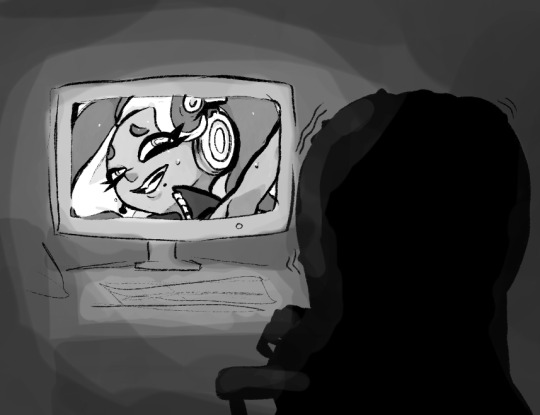
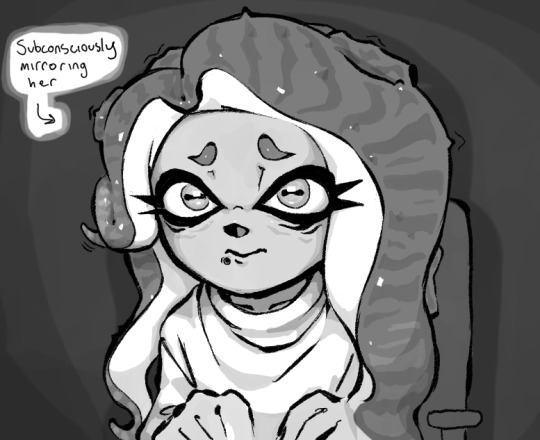
4K notes
·
View notes
Text

Miss Ida✨️
4K notes
·
View notes
Text
aw hell nah they put turf war in my splatoon locker
6K notes
·
View notes
Text
Business, business, business, business... (Is this working???)
Not great at intros so here's some things I like!!!
-Splatoon
-MCSM
-McGee's Alice
-Pokemon
-DST (kinda)
-Persona
-Writing
-Reading
-Drawing (occasionally)
I have have forgotten some things, but that's mostly it!!!
1 note
·
View note
Text
Just beat the Ender Dragon on Bedrock Edition (for the achievement, I normally play Java), and now my overworld's skybox is utterly cursed.

Legitimately a cool glitch. I kinda wish it was a feature.

You have killed the most powerful naturally occuring entity in this universe. The sky is perpetually darkened.
Something is terribly wrong.
34K notes
·
View notes
Text

Lol, here's something I wrote for a fic I'm going to post. I still don't know how to caption stuff. @/Cornyotaku on ao3!
1 note
·
View note

